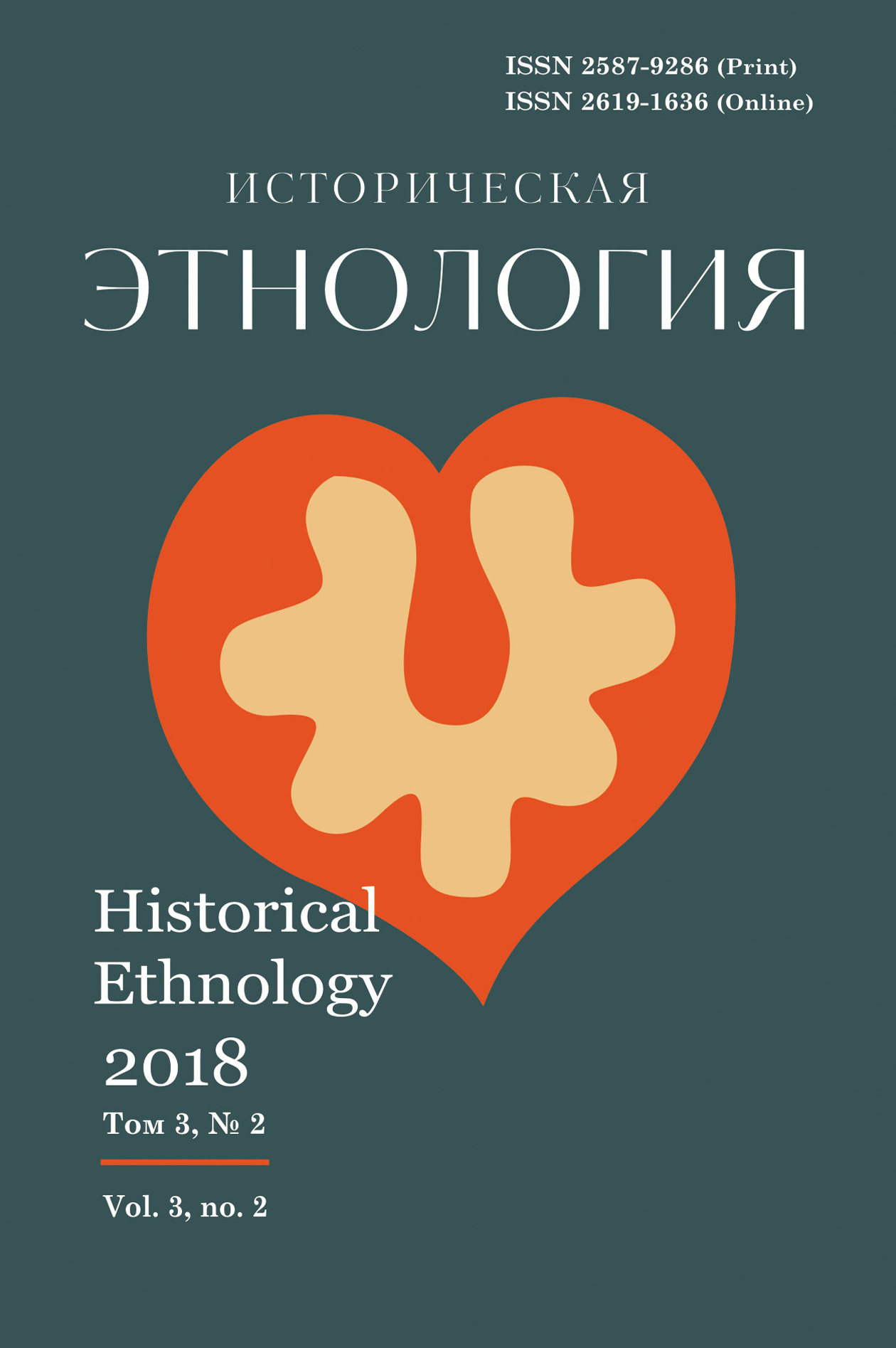
Main menu / 2018, vol.3, no.2 / L.N. Donina
Classical choreographic heritage of the 19th century in Kazan theater: in past and present L.N. Donina
209–233 p. doi.org: DOI: 10.22378/he.2018-3-2.209-233 In the middle of the 19th century Kazan had a solid reputation as a theatrical city. The Russian grand drama theater started operating in 1791. 1874 is rightly considered the birthday of the Kazan opera. Along with the Kazan University, they played a significant role in the formation of democratic trends in the social movement on the territory of the province and in the society’s cultural development. They hold the most important merit in the uprise and development of the Tatar national theater. The theater had always been included in the state policy area of interest. There had been seven theatrical buildings in Kazan before the revolution. Every season in the City Theater was characterized by staging Western European and Russian opera masterpieces. The first professional school of choreography in Kazan was opened in 1912 through the efforts of N.M. Petipa. In 1914 the first one-act ballet was staged at the City Theater. After the revolution of 1917, four demonstration theaters were organized. In 1924 a special Commission for the Organization of the Tatar Opera was formed; as a result, the first national opera “Saniya” was staged. In 1939 a permanent opera theater company was established officially named “the Tatar State Opera House”. Shortly after the opening of the theater, the chief choreographer G.Kh. Tagirov staged the first classical ballet. In 1941 the theater was renamed as the Tatar State Opera and Ballet Theater. In the classical repertoire preference was given to the ballets of M.I. Petipa, which nowadays are the basis of any theater’s repertoire and the school of the highest skill. On the example of the analysis of the first and last productions of the ballets Swan Lake, Sleeping Beauty, Don Quixote, and La Bayadere on a broad historical background, the creation and development of the professional ballet school in the theater is examined in the article. The first choreographers and dancers of the Bolshoi and Mariinskiy theaters passed an invaluable experience of productions in the choreographic edition by M.I. Petipa on the stage of the Imperial theaters and the keys to understanding the structure of classical ballets over to the theater’s permanent troupe; which served as the foundation for the formation of the Kazan theater traditions. In the 21st century Musa Jalil Tatar Academic state Theater of Opera and Ballet works with various performers and artists. A trembling attitude to the foundation of primary sources, professional rethinking of innovations, presence of own choreographic school; preservation of the scenography traditions laid down by P.T. Speranskiy allow the theater to have outstanding examples of choreographic heritage of the 19th century in the repertoire. The theater rightfully and proudly bears the title of an academic theater, because it is able to support the most complicated traditional forms of classical ballet, including scenery, costumes and the choreography school. A serious annual test to that is the Rudolf Nuriev International Festival, unprecedented in scale and significance. Keywords: ballet, professional choreographic school, preservation of traditions, scenography, Tatar theater. For citation: Donina L.N. Classical choreographic heritage of the 19th century in the Kazan theater: in past and present. Istoricheskaya etnologiya – Historical Ethnology, 2018, vol. 3, no. 2, pp. 209–233. DOI: 10.22378/he.2018-3-2.209-233
REFERENCES
About the author: Larisa N. Donina is a Candidate of Science (Art History), Senior Research Fellow, Department of Ethnological Research, Sh. Marjani Institute of History of the Tatarstan Academy of Sciences (7А, Baturin St., Kazan 420111, Russian Federation); lis.art@mail.ru
|
Istoricheskaya etnologiya Historical Ethnology
Scientific journal







